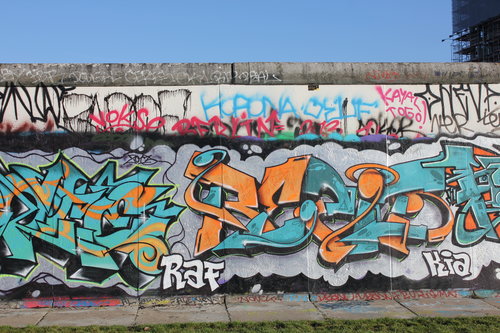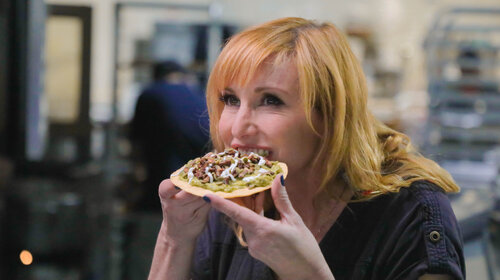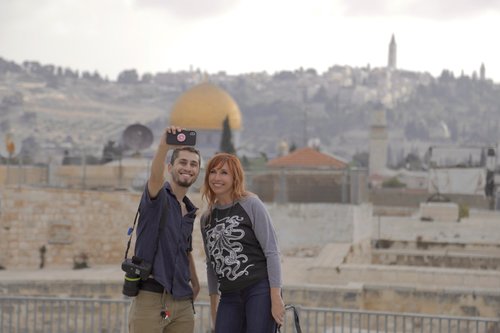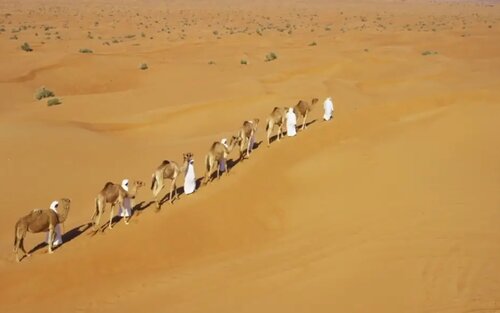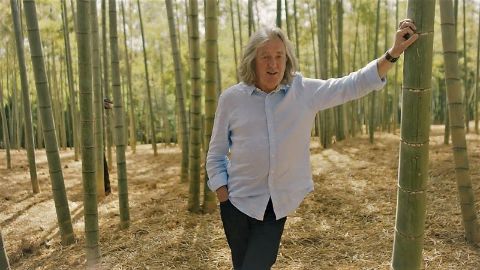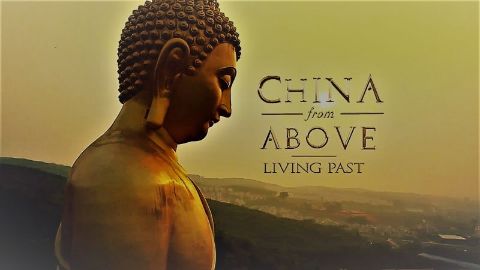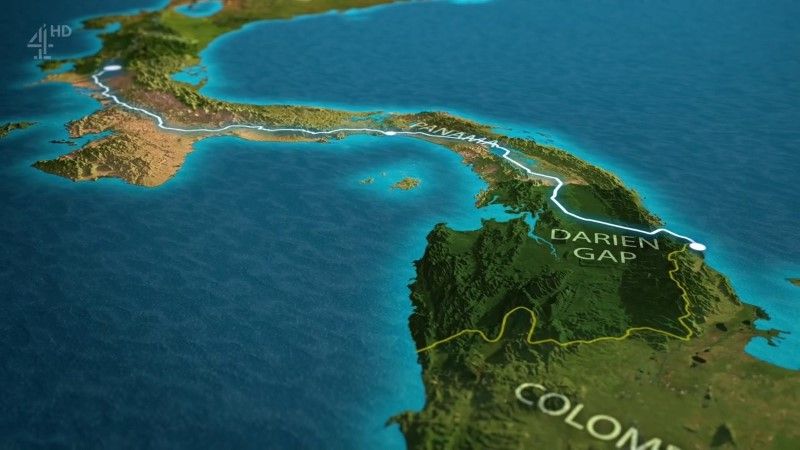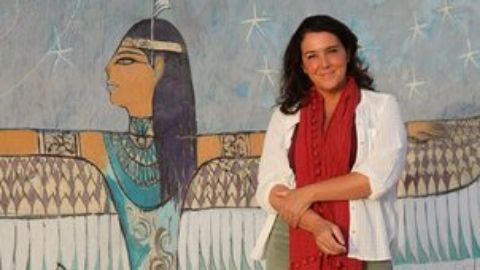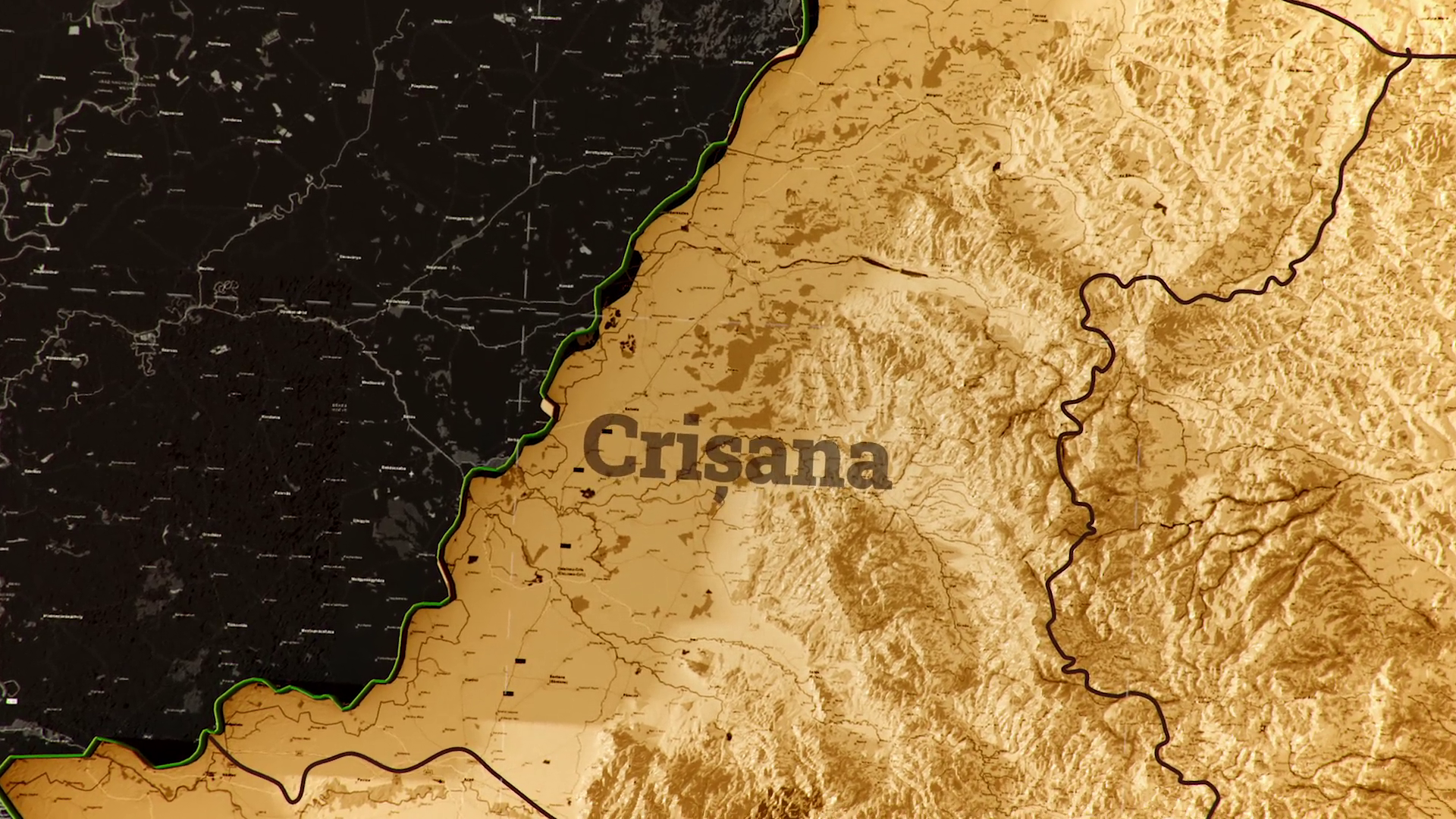Feed the World, United States • 2021 • episode "S1E3" • Crash Test World
How to feed our ever growing, hungry planet? Populations continue to grow, but many food sources are finite, and dependent upon a delicate balance. With more than 2 BILLION people being added to the world's population by 2050, feeding the planet is one of the biggest challenges this generation has to face. Kari meets with people in the US with who have some innovative food solutions. From invigorating bee populations to edible insects she will seek out leaders answering the question: “How do we continue to feed our planet?”
Make a donation
Buy a brother a hot coffee? Or a cold beer?
Hope you're finding these documentaries fascinating and eye-opening. It's just me, working hard behind the scenes to bring you this enriching content.
Running and maintaining a website like this takes time and resources. That's why I'm reaching out to you. If you appreciate what I do and would like to support my efforts, would you consider "buying me a coffee"?
Donation addresses
BTC: bc1q8ldskxh4x9qnddhcrgcun8rtvddeldm2a07r2v
ETH: 0x5CCAAA1afc5c5D814129d99277dDb5A979672116
With your donation through , you can show your appreciation and help me keep this project going. Every contribution, no matter how small, makes a significant impact. It goes directly towards covering server costs.

